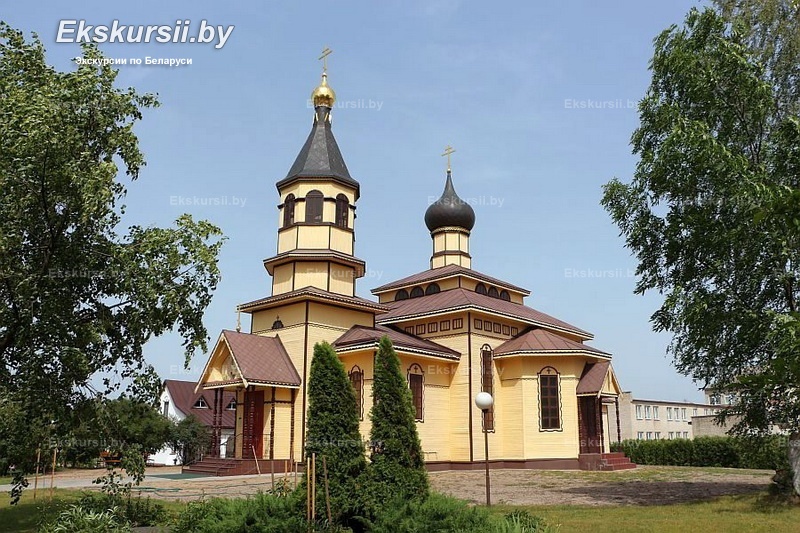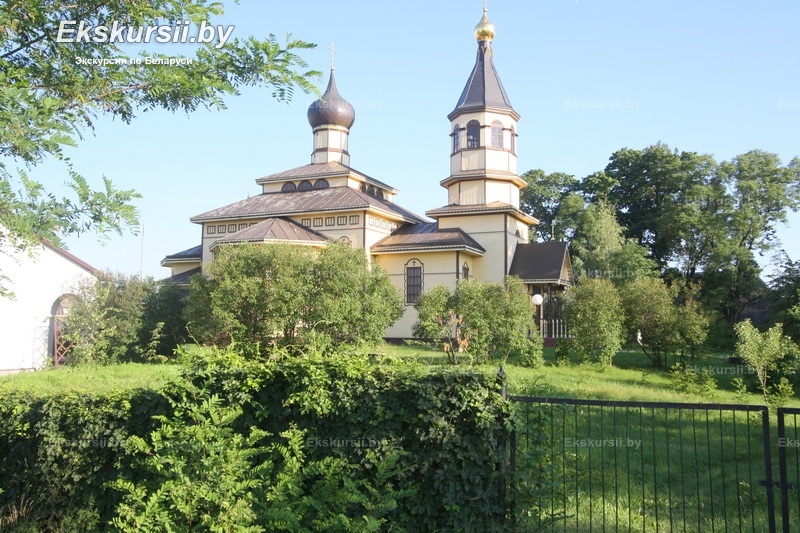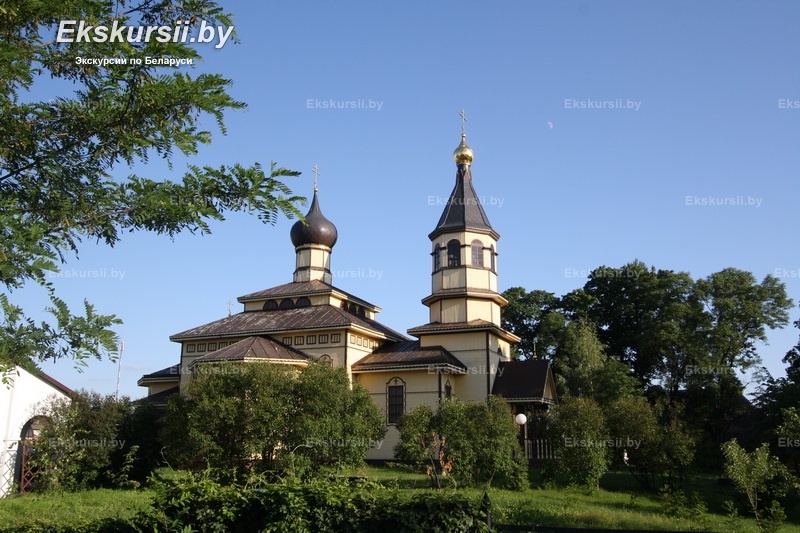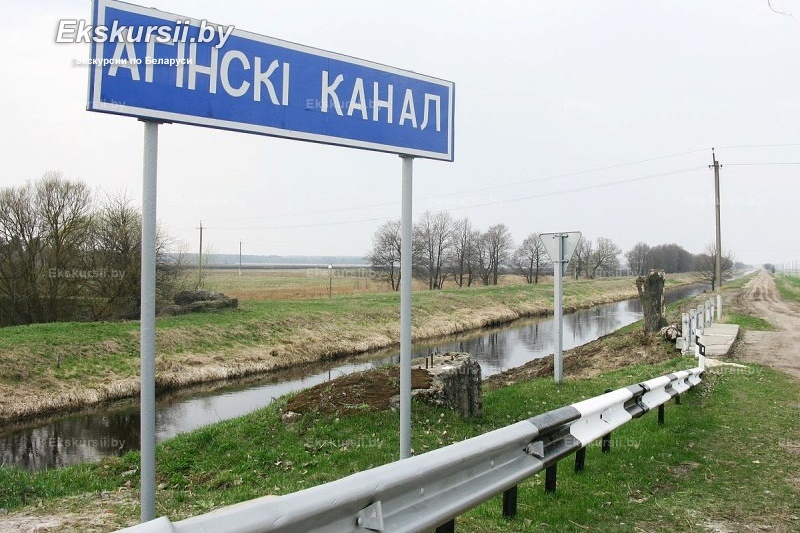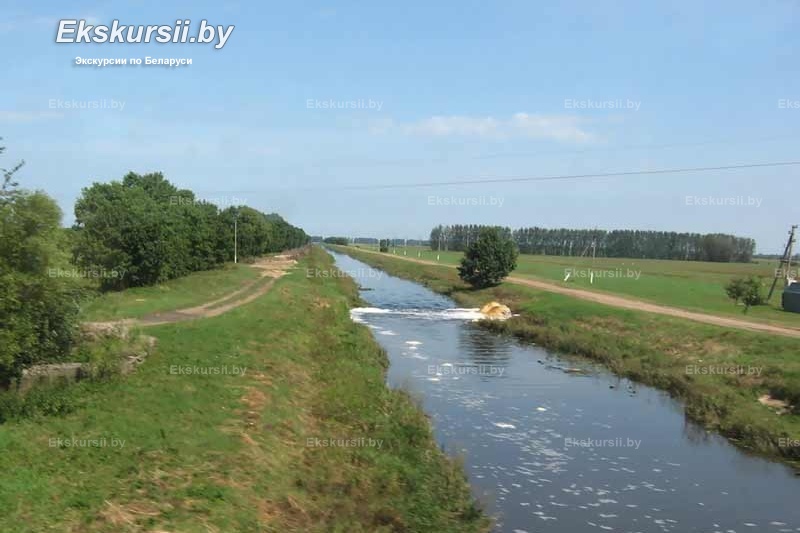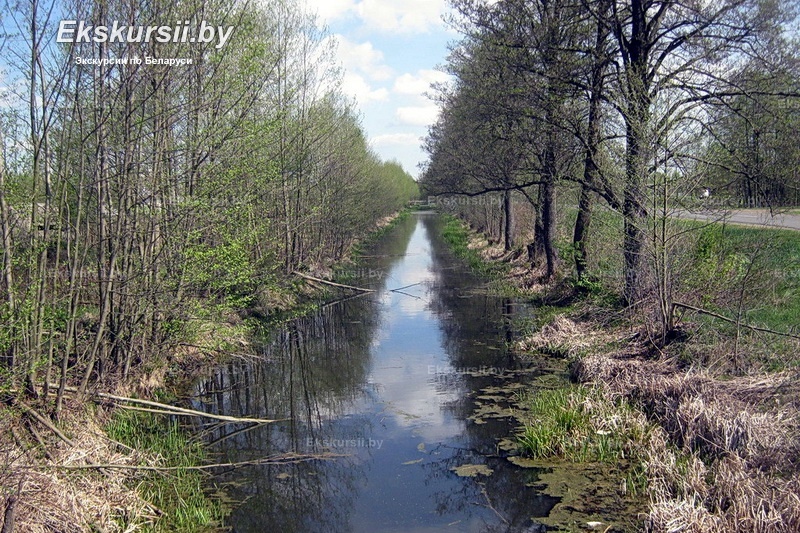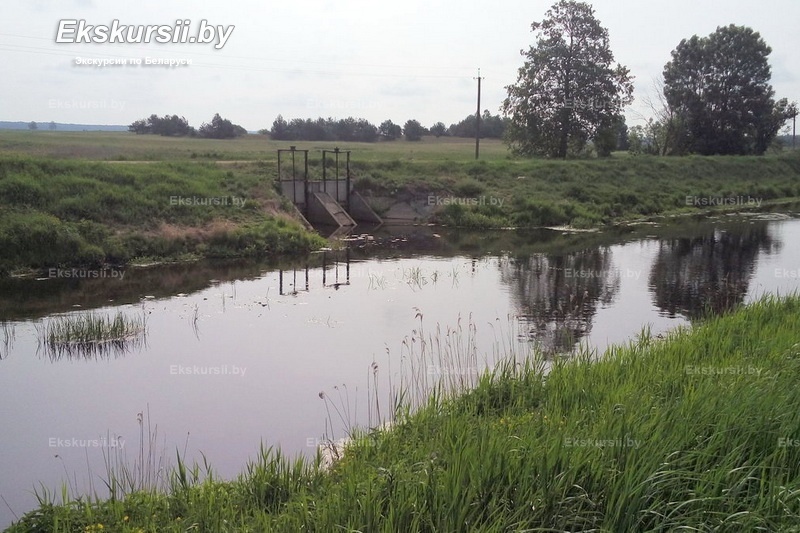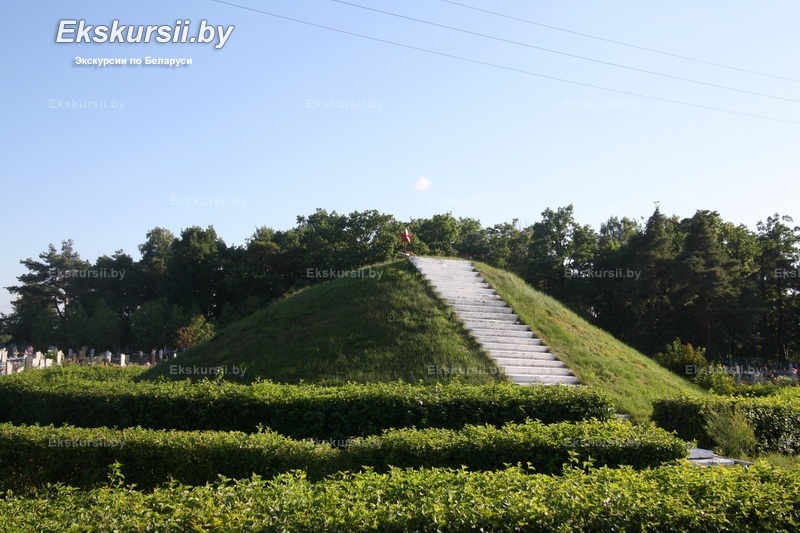History of the development
The place called Telehany has been known since the XVI century as a small village of Pinsk povet. According to legend, the name of the village comes from the phrase «the body of Khan». According to the legend, during the mass invasion of the Tatars to the Belarusian lands in the local forests and marshes, a khan was killed, who was buried under the Bald Mountain is a grave mound filled with Tatars.
In the XVII-XVIII centuries Telekhany belonged first to the princes Dolsky, after belonged to Vishnevetskie, Oginskie, and from the XIX century belonged to Puslovskie. The economic development of the town was promoted by the construction of the Oginsky Canal in 1767-1783, which connected the Baltic and Black Seas. In 1775-1778 Mikhail Kazimir Oginsky, the owner of the place, founded a faience manufacture in Telekhany. After the second section of the Polish-Lithuanian Commonwealth in 1793, the Telekhans were part of the Russian Empire.
By the end of the XIX century in the town lived half a thousand people, there were volost administration, a distillery, two mills, a school of conductors, an elementary school, a hospital, a church, three prayer houses, a public school and a postal station. There were repair and shipbuilding workshops. In 1895 a glass factory was opened in Telekhanakh, where the latest technical achievements of that time were used for the manufacture of glass. The products of the plant differed a great variety, high quality and artistic level. In Telekhans, window and pharmacy glass, decanters, bottles, bottles, quarts and beer mugs were made.
World War I stopped the work of the enterprise. In 1915, German troops occupied and burned the village. For four years, the front line was established in Telekhany. From these times in the vicinity of the village there are numerous defensive pillboxes built by the Germans. During the war, the Oginsky Canal was also damaged is the floodgates were burned, and the canal became shallow and was destroyed. In the autumn of 1918, the German troops retreated, and the Poles came to Telekhany. As a result of the Riga Peace Treaty between Soviet Russia and Poland, Telekhany, as part of Western Belarus, withdrew in Poland as part of which they were until the beginning of the Second World War (1939-1945). In the period when the Telekhans were under the control of Poland, the place was actively developing. A sawmill was opened within the walls of a former glass factory; in 1926, the Oginsky Canal was rebuilt and restored. Both passenger ships and ships carrying forests went through the canal. In 1939, Western Belarus became part of the BSSR. During the Great Patriotic War (1941-1945), the settlement was occupied by the German fascist invaders.
In the postwar years began an active restoration of the village. In 1944, the famous ski factory, the only one in Belarus, was opened in Telekhany.
Tourism potential
From the tourist point of view, Telekhany is interesting because the village has partially preserved a unique water-technical structure Oginsky Channel. The channel got its name in honor of the initiator of its creation, Mikhail Kazimir Oginsky who was the state and military leader of the Commonwealth, the owner of these places. The channel connected the Yaselda and Shchara rivers to each other, thereby connecting the Baltic Sea with the Black Sea. The length of the Oginsky channel was 55 km. The waterway has suffered greatly in both the First and Second World Wars. In the 1960s the remaining sluices and dams of the Oginsky canal were blown up. Until today for the channel is not restored. Nevertheless, in the area of Telekhany a small section of the route has been preserved. The Oginsky Channel claims to be included in the UNESCO World Heritage List.
Also of interest is the unique monument of wooden architecture of the Holy Trinity Church built in 1934. The XVIIIth century icon of the «Mother of God Odigitria», revered by believers, is kept in the church.
Today Telehany is a large urban-type settlement with a developed logging industry and woodworking industry. In the village there are educational and cultural institutions.
